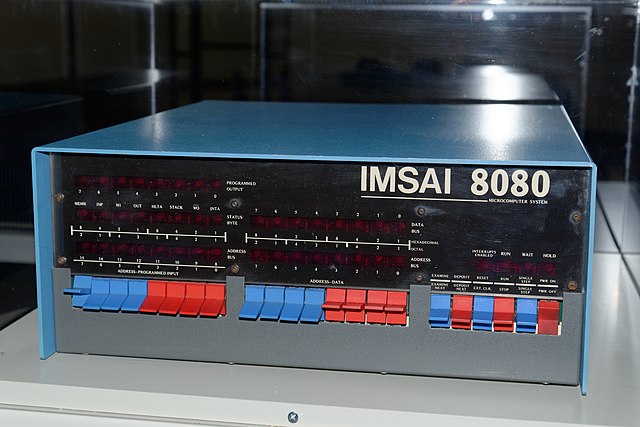This question is about computers with front panels that use only toggle switches for input of binary data (such as address and data values), as opposed to keypads for numerical input or other methods.
On these front panels, as well as state set by ON-OFF switches as above, there's a need for momentary-contact switches for "commands" such as examine, deposit, reset, start/run, and so forth.
In the 1950s either push buttons, such as on the IBM 1620, or momentary-contact toggle switches (that spring back to centre when released), such as on the PDP-1, were used, depending on the manufacturer and model:


But by the 1970s, it seems that momentary-contact toggle switches were by far preferred over push buttons, both for minicomputers such as [various versions of the PDP-8] and the Data General Nova and Nova 3, and microcomputers such as the Altair 8800, IMSAI 8080, and Altair 680:

(Above, the left-hand two banks of eight switches are standard ON-OFF toggle switches for address and data input. All of the right-hand bank of six switches, except for the right-most POWER switch, are two-way (ON)-OFF-(ON) momentary toggle switches for functions like EXAMINE, EXAMINE NEXT, DEPOSIT, RESET, etc.)
Was there any particular technical or ergonomic reason for this seemingly wholesale move to toggle switches, or was it just chance or fashon?